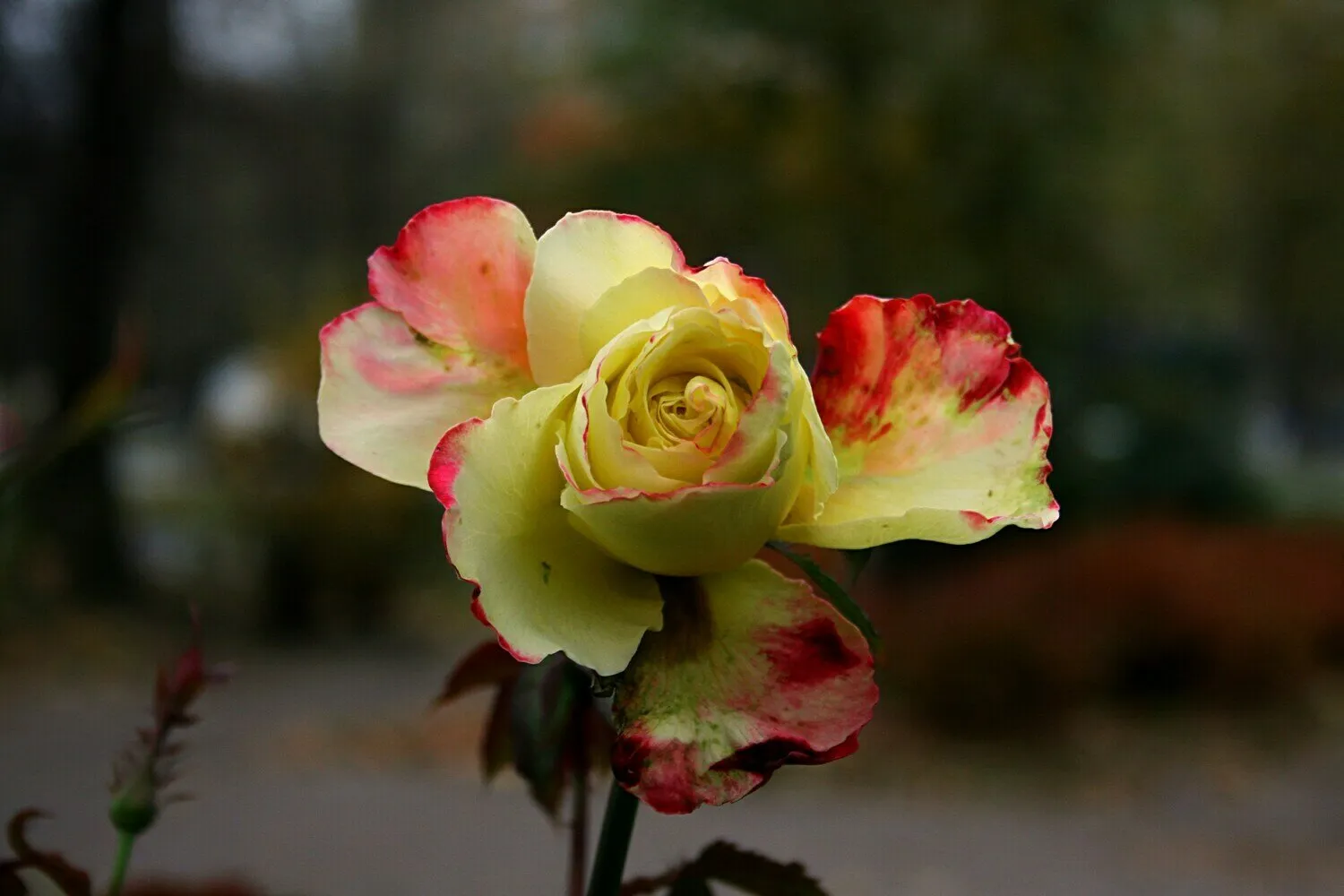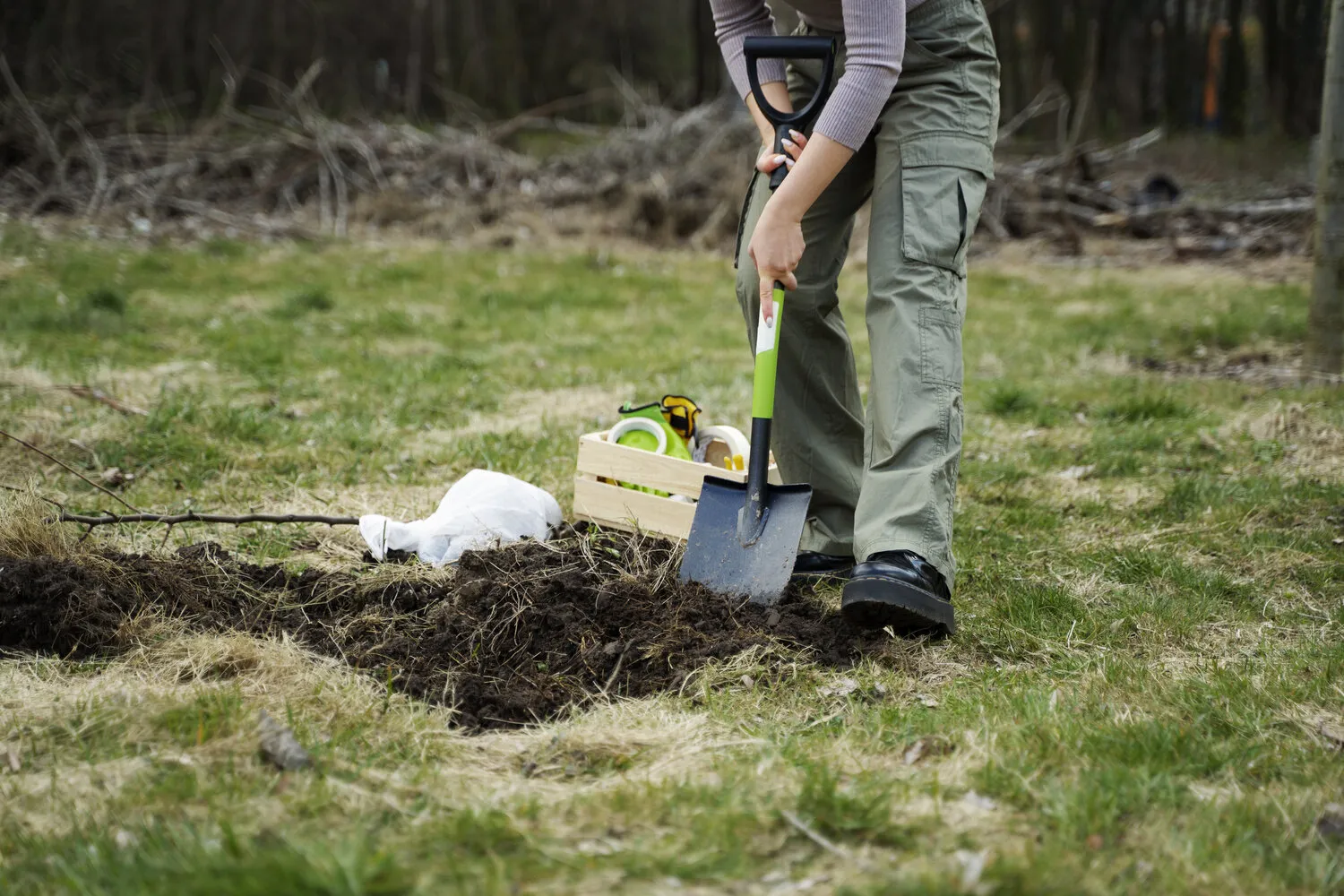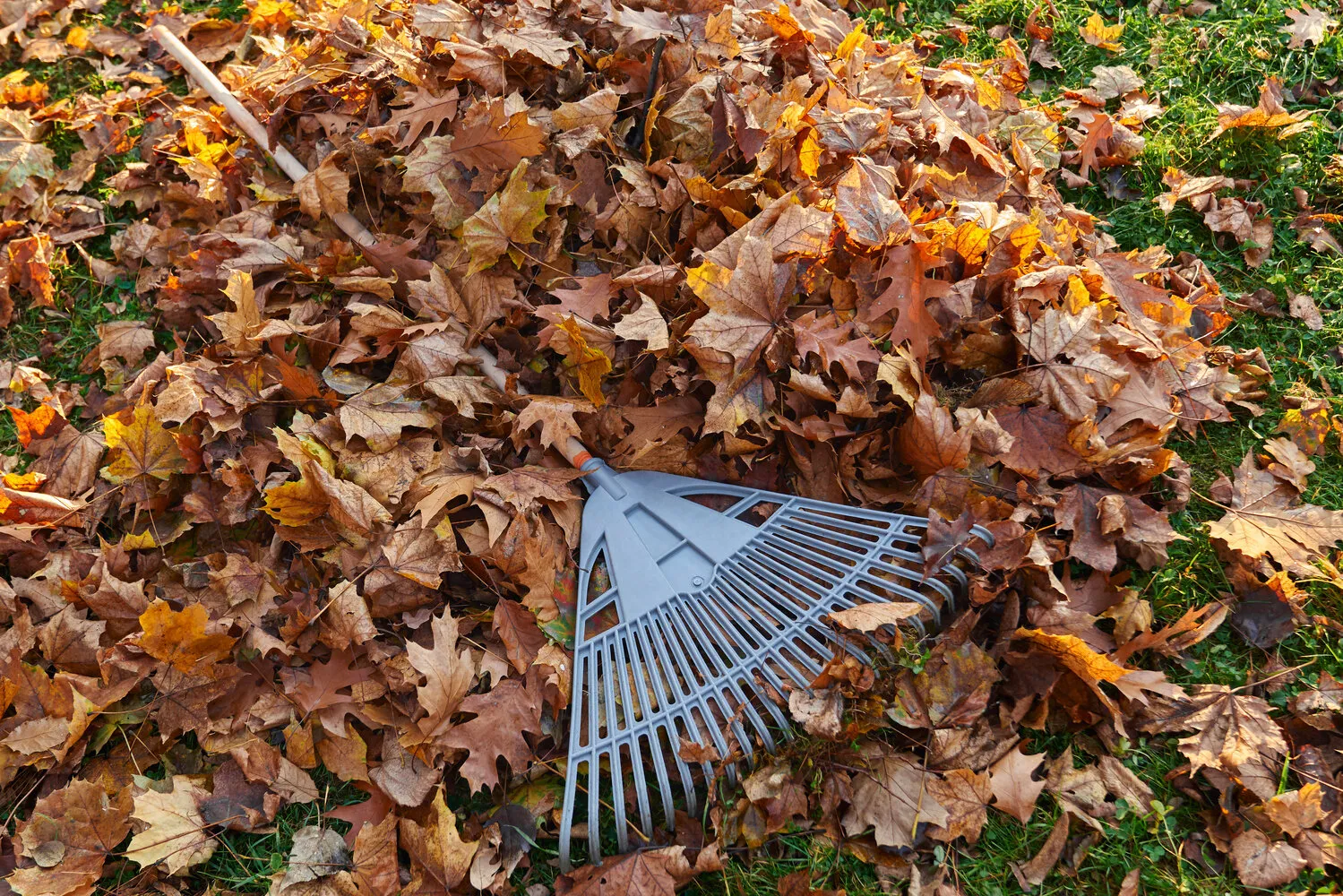There can be your advertisement
300x150
October Garden Work: What Needs to Be Done Before Winter Arrives
We tell about the most important garden tasks that need to be completed in October
October is the last month of active work in the garden before winter arrives. During this time, gardeners finish preparing plants and soil for winter storage, cover plants, and protect trees and shrubs from the cold. October garden tasks help maintain the health of your garden and lay the foundation for a successful growing season next year.
- October is the time to cover perennial plants and protect trees from frost.
- Completing garden cleanup, tilling the soil, and applying fertilizers are important steps in preparing for winter.
- Pruning and care of plants help them withstand winter frosts.
- Transplanting shrubs and planting bulbs is still possible even at the beginning of the month.
October is the month when many perennials need protection from cold. To ensure flowers and shrubs survive the winter safely, it is important to properly prepare them for frost.
With the arrival of the first frosts, it is important to cover roses, peonies, and other plants that may be damaged by cold. You can use special materials such as agricultural non-woven fabric or straw. The main goal is to retain heat and protect the roots and lower parts of stems from freezing.
If you didn't manage to plant bulb flowers such as tulips, daffodils, and crocuses, you can do it at the beginning of October. Bulbs should be planted in well-drained soil, at a depth of 3-4 times their height. You can also cover planted bulb plants with mulch, which helps protect them from severe frosts.
 Photo: freepik.comSoil Tilling and Fertilizing
Photo: freepik.comSoil Tilling and FertilizingIn October, you should complete the work of preparing soil for winter. This not only helps protect the soil from freezing but also improves its structure for the next growing season.
Before frost arrives, till garden beds and areas where vegetables were grown. This aerates the soil and helps eliminate overwintering pests. It is especially important to till areas where you plan to plant crops next year.
October is the best time to apply organic fertilizers. Compost, manure, or well-rotted compost helps enrich the soil and prepare it for the next growing season. In autumn, you can apply phosphorus and potassium fertilizers, which will support the root systems of plants and strengthen them before winter.
It is important not to forget soil mulching, especially if your region experiences harsh winters. Mulch made from fallen leaves, straw, or peat helps retain moisture and protect plant roots from severe frosts.
 Photo: freepik.comCaring for Trees and Shrubs
Photo: freepik.comCaring for Trees and ShrubsIn October, it is important to take care of the health of trees and shrubs so they can survive the winter and be ready for active growth in spring.
In October, it is recommended to whitewash the trunks of fruit trees. This protects them from sunburn, which can occur in late winter when the sun becomes more active. Whitewashing also helps protect trees from pests and rodents.
During this period, you can perform sanitary pruning by removing dead or damaged branches to prevent disease development. However, do not carry out heavy pruning to avoid weakening the plant before winter.
If your region experiences severe frosts, it is worth taking steps to protect young trees. Their trunks can be wrapped with special materials for cold protection or insulated with straw.
October is the time when the garden prepares for winter rest. It is important not only to complete major tasks but also to tidy up the garden to prepare it for the next season.
1. Collecting Fallen LeavesFallen leaves can be left on garden beds and flower beds as mulch, but they must be removed from paths and lawns. Fallen leaves on lawns can cause grass rot, which will deteriorate lawn condition by spring.
After completing garden work, it is essential to clean and prepare garden tools for winter storage. This helps extend the life of tools and makes them easier to use in the next growing season.
 Photo: freepik.comPlanting Shrubs and Perennials in October
Photo: freepik.comPlanting Shrubs and Perennials in OctoberIf you couldn't plant all shrubs or perennials in September, you can still do it at the beginning of October. It is important to remember that plants must root before strong frosts arrive.
2. Planting Perennials. Perennial flowers such as phlox and iris can also be transplanted or divided at the beginning of October. The key is not to delay this task so that plants can adapt to new conditions.
October is the final month of garden work when you need to get ready for winter. Covering plants, caring for soil and trees, and planting some crops will help your garden survive the winter and delight you in the next growing season.
Cover: Photo by freepik.com
More articles:
 How to Organize Storage Beautifully: 5 Ideas for Small Apartments
How to Organize Storage Beautifully: 5 Ideas for Small Apartments Before and After: How They Transformed the Kitchen in a 'Killed' Stalin-era Apartment
Before and After: How They Transformed the Kitchen in a 'Killed' Stalin-era Apartment 5 Cool Ideas You Spotted in a Designer's Project
5 Cool Ideas You Spotted in a Designer's Project Express Repair on Weekend: Is It Really Possible to Transform Your Apartment in 48 Hours?
Express Repair on Weekend: Is It Really Possible to Transform Your Apartment in 48 Hours? You Can't Toss It — Keep It: How Minimalism Can Change Your Life (And Apartment)
You Can't Toss It — Keep It: How Minimalism Can Change Your Life (And Apartment) Kitchen 6 sqm in a Khrushchyovka: Real Renovation Example (Before and After Photos)
Kitchen 6 sqm in a Khrushchyovka: Real Renovation Example (Before and After Photos) Everything Fits and Even More: Stylish 4 sqm Bathroom
Everything Fits and Even More: Stylish 4 sqm Bathroom How to Creatively and Vibrantly Arrange a Small Kitchen-Living Room: 5 Unusual Ideas
How to Creatively and Vibrantly Arrange a Small Kitchen-Living Room: 5 Unusual Ideas